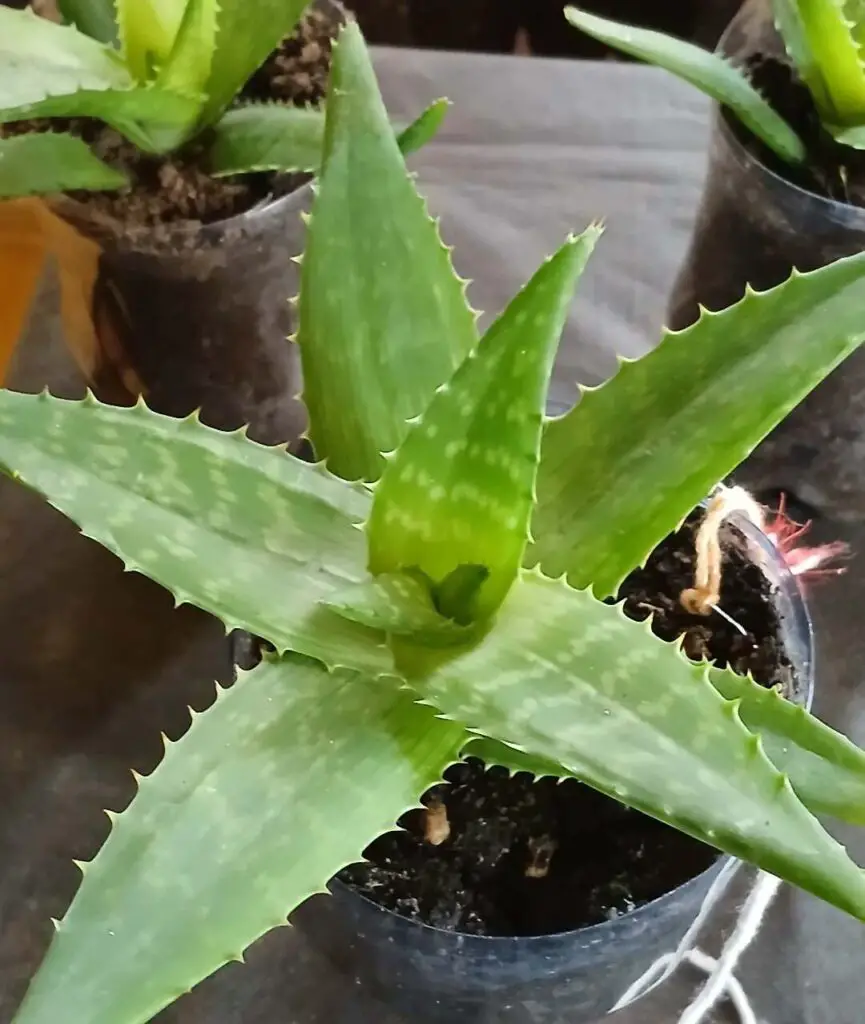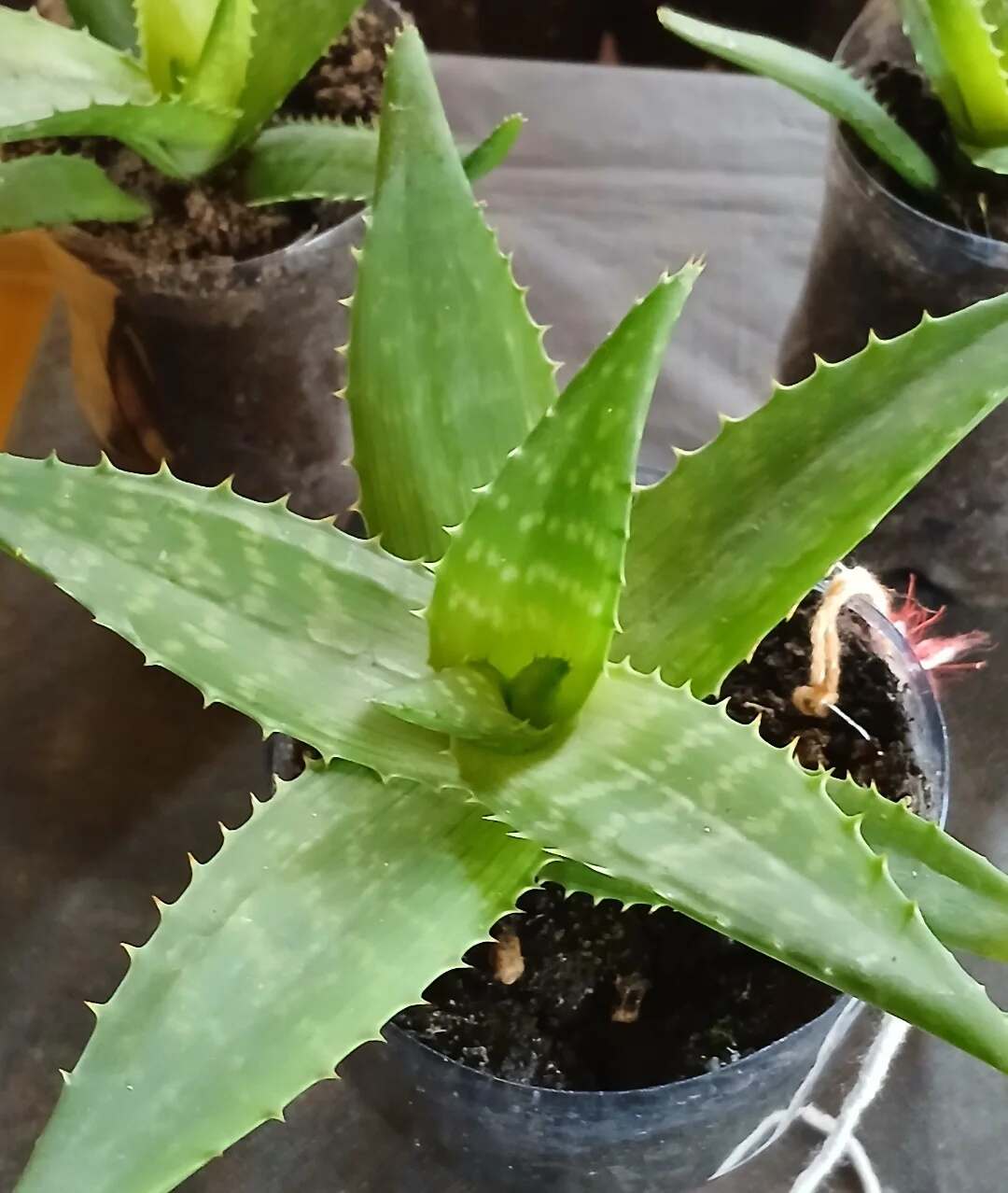Aloe vera is a popular succulent known for its medicinal benefits and easy care. However, like many succulents, it is sensitive to extreme cold. Understanding aloe vera cold tolerance is essential to ensuring its survival during the colder months. This article will explore how to properly care for aloe vera in cold conditions and avoid damage caused by freezing temperatures.
Aloe vera thrives in warm climates, but its ability to handle the cold is limited. When exposed to frost or freezing temperatures, it can suffer from cold stress, leading to damaged leaves and even plant death. This guide will provide helpful insights into managing aloe vera’s cold tolerance and keeping your plant healthy through winter.

Understanding Aloe Vera’s Cold Tolerance
Aloe vera’s cold tolerance is crucial for its survival during the winter months. While this plant thrives in warm temperatures, its cold tolerance is limited. Here’s what you need to know:
- Temperature Range: Aloe vera can tolerate temperatures as low as 40°F (4°C) but will struggle in colder weather. Anything below freezing can cause irreversible damage.
- Frost Damage: Exposure to frost can cause aloe vera’s leaves to freeze, rupture, and become mushy or discolored.
- Adaptability: Aloe vera is not cold-hardy, which means it requires specific care when temperatures drop.
Knowing your plant’s cold tolerance can help prevent unnecessary damage during the winter.
Natural Habitat and Climate Preferences
Aloe vera is native to hot, arid climates where temperatures remain consistently warm throughout the year. To understand its cold tolerance, it’s helpful to look at its natural environment:
- Native Regions: Aloe vera is originally from desert regions, particularly in the Arabian Peninsula and parts of Africa.
- Hot and Dry Climates: It thrives in conditions with little rainfall, high temperatures, and plenty of sunlight.
- Low Humidity: Aloe vera is adapted to survive in dry, low-humidity environments, which is why it struggles in climates with cold or wet winters.
Understanding where aloe vera comes from helps you replicate its ideal conditions and protect it from cold stress.
Optimal Temperature Range for Aloe Vera
Aloe vera thrives in warm environments but has specific temperature preferences that should be considered to ensure its growth and health. The optimal temperature range for this plant is crucial for maintaining its health, particularly when growing it in areas that experience cooler weather.
- Ideal Temperature Range: Aloe vera prefers temperatures between 59°F (15°C) and 77°F (25°C). These temperatures closely mimic its native desert environment, allowing the plant to grow strong and healthy.
- Cool Temperatures: Aloe vera can tolerate temperatures as low as 40°F (4°C) but should be protected if temperatures drop below this range.
- Heat Stress: While it thrives in the heat, prolonged exposure to temperatures over 95°F (35°C) can cause heat stress. In extreme heat, aloe vera can suffer from dehydration and sunburn.
By maintaining temperatures within this ideal range, you can help your aloe vera stay healthy throughout the year.
Recognizing Cold Stress in Your Aloe Vera
Cold stress occurs when aloe vera is exposed to temperatures outside of its preferred range, leading to physical damage. Recognizing the signs of cold stress is essential for protecting your plant from long-term harm.
- Discoloration of Leaves: One of the first signs of cold stress is a change in leaf color. Aloe vera’s leaves may start turning brown or black, especially at the tips.
- Soft or Mushy Leaves: When frozen, the water in aloe vera’s cells expands, causing the leaves to become mushy and soft.
- Stunted Growth: If your aloe vera is exposed to cold temperatures for an extended period, you may notice that its growth slows down significantly or stops altogether.
- Mild to Severe Damage: Depending on the severity of the cold, the damage can range from slight discoloration to complete leaf collapse and plant death.
Being aware of these symptoms will help you take action early to prevent further damage to your aloe vera.
How to Protect Your Aloe Vera from Cold
To ensure your aloe vera survives the winter months, it’s important to take protective measures when cold weather sets in. Here are some effective ways to protect your plant from cold damage:
- Bring Indoors: If you live in a region with cold winters, the best way to protect your aloe vera is by bringing it indoors. Keep it in a bright, sunny spot to mimic its natural environment.
- Use a Greenhouse: For those with larger aloe vera collections, using a greenhouse can help maintain a warm and controlled environment, especially during freezing temperatures.
- Cover Outdoors: If you must leave your aloe vera outdoors, use a frost cloth or blanket to cover the plant. This will help shield it from direct frost while still allowing airflow.
- Insulate the Pot: Wrap the pot in burlap or foam to keep the roots warm. Aloe vera’s roots are more vulnerable to cold than the foliage, so ensuring they stay insulated is key.
These protection methods will help safeguard your aloe vera from the harsh effects of winter cold.
Winter Care Tips for Aloe Vera
Winter care is crucial for aloe vera since it goes into a period of dormancy during the colder months. Here are some tips to help you care for your aloe vera during winter:
- Reduce Watering: Aloe vera’s water requirements decrease during the winter months. Overwatering can lead to root rot, especially if the plant is sitting in cold, wet soil. Water only when the top inch of soil feels dry.
- Increase Light Exposure: Since daylight hours are shorter in the winter, make sure your aloe vera gets plenty of indirect sunlight. Place it near a south-facing window or under grow lights if necessary.
- Avoid Fertilizing: Aloe vera does not require fertilizing during the winter. Feeding it in the colder months can cause it to grow too quickly, making it more susceptible to cold damage.
- Monitor for Pests: Pests like mealybugs and aphids can invade your aloe vera during the winter. Keep a close eye on your plant and treat any pest issues early to avoid further stress.
By following these winter care tips, you can help your aloe vera thrive and maintain its health through the colder months.
Common Mistakes to Avoid
When caring for aloe vera during the winter, certain common mistakes can lead to cold stress or damage. Avoiding these missteps will help keep your plant healthy and strong through the colder months:
- Overwatering: Aloe vera is highly susceptible to root rot, particularly in the winter when it requires less water. Ensure the soil is dry before watering.
- Placing in Drafty Areas: Avoid placing aloe vera in drafty spots or near cold windows. This can expose the plant to sudden temperature changes, causing stress.
- Not Protecting from Frost: Many people forget that aloe vera is not frost-tolerant. Make sure to bring it inside or cover it if you live in an area with freezing temperatures.
- Exposing to Direct Heat Sources: While aloe vera enjoys warmth, placing it near heaters or radiators can cause it to dry out and suffer from dehydration.
By being mindful of these common mistakes, you can ensure your aloe vera remains healthy throughout the winter season.
Creating a Winter Sanctuary for Your Aloe Vera
Creating the ideal winter environment for your aloe vera involves more than just protecting it from the cold. It’s about making sure the plant gets the right conditions for survival and growth during the colder months.
- Choose the Right Indoor Location: Place your aloe vera in a spot that receives ample indirect sunlight. A south-facing window is ideal.
- Maintain Humidity: Aloe vera thrives in low-humidity environments. If your indoor air is dry, avoid using humidifiers, as they can create a more damp environment that can encourage mold and rot.
- Use a Plant Heat Mat: To ensure the soil stays warm, you can use a heating mat designed for plants. This will keep the roots cozy without overheating them.
- Protect from Pets and Children: Keep your aloe vera away from pets or young children who may unknowingly damage the plant or expose it to drafts.
By creating the right sanctuary for your aloe vera, you ensure that it remains safe and healthy throughout the winter.
Final Thoughts
Aloe vera’s cold tolerance is limited, making it essential to protect it from freezing temperatures during the winter months. By understanding its temperature preferences and providing the right care, you can help your aloe vera thrive. Whether bringing it indoors or creating a winter sanctuary, these steps will ensure your plant stays healthy and beautiful.

I’m Shofi, a passionate gardener and blogger. I have 10+ years of experience in gardening and hold certifications in horticulture and garden design. I share my knowledge and skills through my garden blog to inspire and educate others on the joys of gardening. I try to provide valuable information and create a community for gardeners of all levels to connect and learn. My ultimate goal is to inspire others to start their own gardens and connect with nature.

